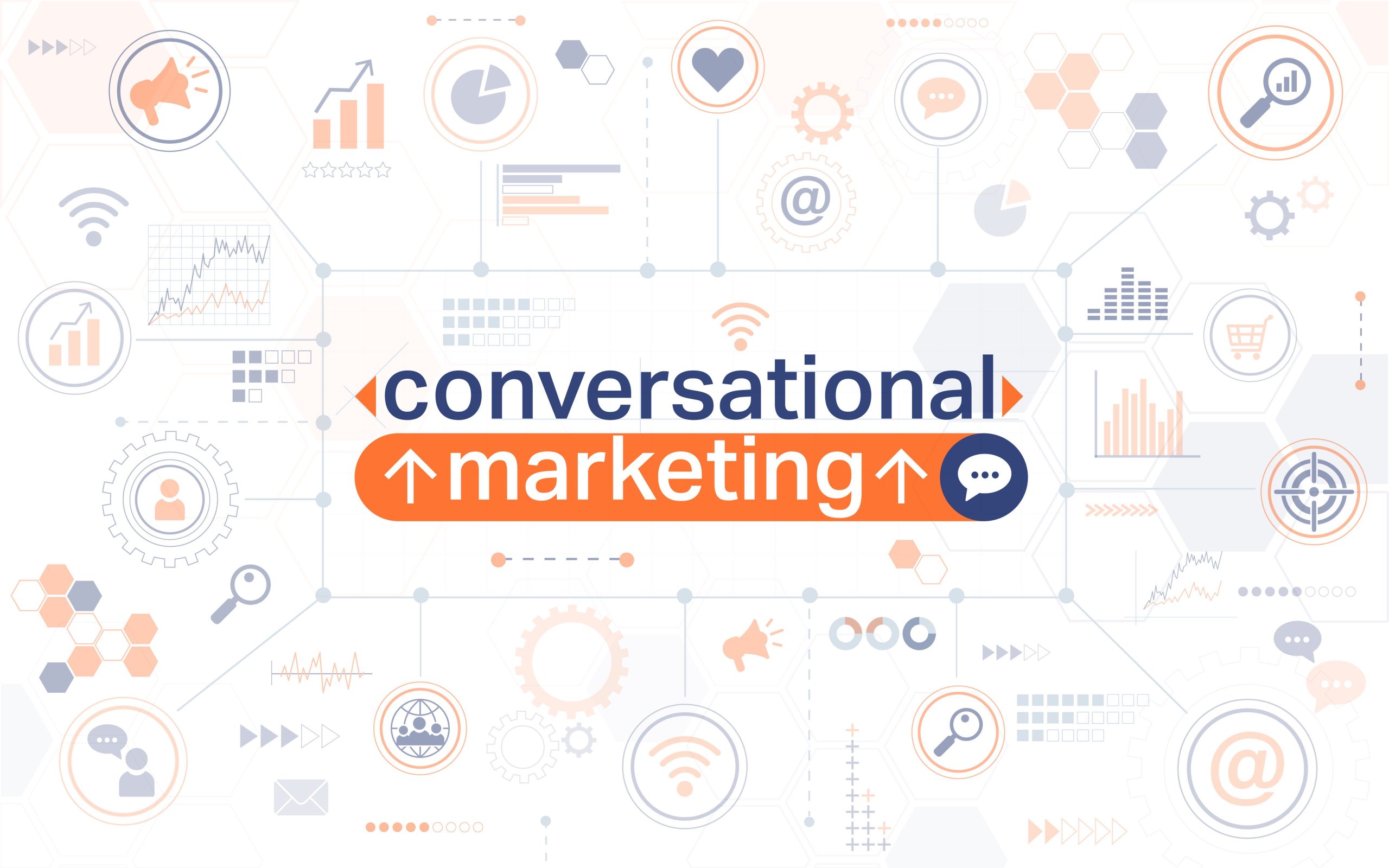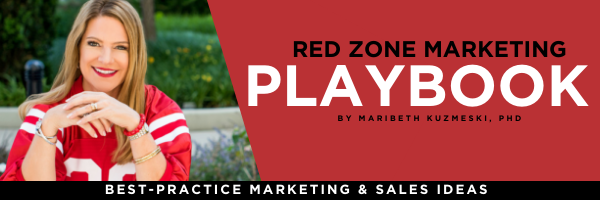What is the magic of this successful marketing strategy?
Imagine being able to have a personalized conversation with your website visitors just like you would with a potential client in person. Well, that’s the magic of conversational marketing. It’s like having a virtual sales assistant that’s always ready to answer questions and help guide prospects towards the next step in their financial journey.
What is Conversational Marketing?
Conversational marketing either sounds like a strategy for using casual, simpler terminology when interacting with current or prospective clients or a return to the days of old with outbound marketing when clients only ever heard of you or your brand when they were talking straight to you.
This newer marketing technique is neither of those things and, yet, almost a mashup of them as well. Conversational marketing is engaging customers in real-time, two-way dialogue. If you’ve ever used a live chat box on a website, you have engaged in conversational marketing.
But what exactly does conversational marketing look like in the financial advisory world? What would be the benefits of implementing conversational marketing into your strategy? Let’s dive into these questions and more.
Examples of Conversational Marketing
Conversational marketing can have many different forms. The common characteristics just need to include the ability to have two-way communication and be able to have that communication happen in real-time. Typically, conversational marketing occurs either over live chat or over social media.
Social Media
The direct messaging capabilities on social media channels are also great examples of conversational marketing tools. You likely have gotten at least a LinkedIn message at some point from someone trying to sell you a technology platform or from a recruiter.
Social media messaging can be a little less than real-time compared to live chat. Some companies set up automatic replies on their social media messaging so that when someone sends a message they at least get something back right away and know that their message will be read soon. But it is best practice to respond to inquiries as soon as possible and not make people wait. So make sure you have the time and energy to respond to messages (in addition to regular posting) before you add every social media channel to your repertoire.
Live Chat
As previously mentioned, live chat boxes on websites are likely the most common examples of conversational marketing most people have encountered. You visit a website and hear a “ding!” and see a little box in the corner asking if you have questions. However, there are many different types of chats: Chat bots, customer service chats, and sales chats.
Chat bots are powered by artificial intelligence. Typically what happens is the company has programmed in frequently asked questions along with a series of automatic replies to those questions or keywords. When a website visitor types those keywords or selects a question from a list of prepared questions, the answer is displayed. If the chat bot can’t answer a question or if the website visitor has a question that is not an option, the chat can be directed to a live person.
For customer service chats, they can start with a chat bot and then be moved to a live person. But they also can just start with a live person. These are for existing customers who have a technical issue or perhaps a question about their account.
When a prospective client visits a site, the sales chat is the one you want to help you move the website visitor into the marketing funnel. The chat can start by asking for contact information that can be stored in your CRM and then either move the chat to a live person (like an advisor) to answer questions and get a meeting scheduled.
Top Benefits of Conversational Marketing
Now that you know what conversational marketing is, let’s talk about how conversational marketing could benefit your advisory business. There are three top benefits:
- Convert Leads Quicker: Conversational marketing helps convert website visitors into leads quicker by speeding up the movement through the marketing funnel stages. Prospects get their questions answered quicker, you get to engage with them sooner, and both parties spend less time in the nurturing process.
- Better Client Interactions: On the flip side, current clients also get their questions answered quicker and easier. No more back-and-forth emails with clarifying questions and/or having to play phone tag. And who doesn’t love checking something off their list in just a couple minutes?
- Personal touch: And the best part? Conversational marketing allows you to build a more personal connection with your prospects and clients. It’s like being able to read their minds, understand their needs and concerns, and then provide the exact solutions they’re looking for. It’s like having a superpower that makes you the go-to financial advisor for anyone who wants to plan for their future.
So, if you’re not already using conversational marketing in your financial practice, you’re missing out on a huge opportunity to connect with potential clients and help them achieve their financial goals. Don’t be the financial advisor who’s stuck in the past, use conversational marketing to take your business to the next level.
Maribeth Kuzmeski, PhD, President of Red Zone Marketing, is a marketing strategist, advisor to financial services companies, bestselling author of seven books, and a professional speaker rated as a Top 25 C-Suite Speaker as seen in Meetings & Conventions Magazine. She speaks on topics including marketing, branding, sales, and customer service.
Recent Articles:
Use Market Intelligence to Take The Guesswork Out of Prospecting



